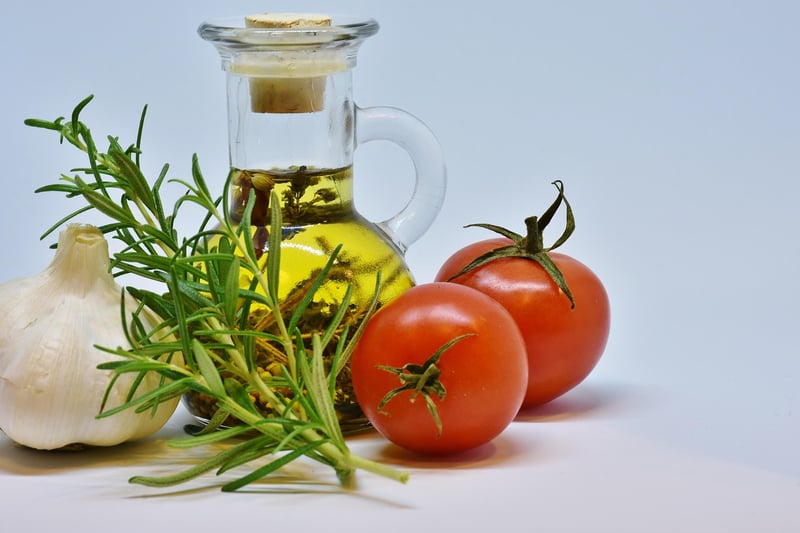Modern Movements
The Evolution of Gastronomy: Exploring the Past and Modern Movements
Gastronomy, the art and science of good eating, has a rich history that dates back centuries. From ancient civilizations to modern culinary movements, the world of food has constantly evolved, reflecting changes in society, technology, and culture.
Ancient Gastronomy
Ancient civilizations such as the Egyptians, Greeks, and Romans placed great importance on food and dining. They developed sophisticated cooking techniques, cultivated a variety of ingredients, and established culinary traditions that laid the foundation for gastronomy as we know it today.

The Renaissance and Enlightenment
During the Renaissance and Enlightenment periods, culinary arts experienced a renaissance of their own. The refinement of taste, the rise of culinary academies, and the publication of cookbooks contributed to the development of haute cuisine and the establishment of culinary standards.

Modern Gastronomic Movements
In the modern era, gastronomy has seen a resurgence of interest in traditional and regional cuisines, as well as the emergence of new culinary trends. From farm-to-table dining to molecular gastronomy, chefs and food enthusiasts are exploring innovative ways to create, present, and enjoy food.

Culinary Diversity and Fusion
Globalization and cultural exchange have led to a blending of culinary traditions, giving rise to fusion cuisine. Chefs around the world are experimenting with flavors, techniques, and ingredients from different cultures to create unique and exciting dishes that celebrate diversity and creativity.
Conclusion
The evolution of gastronomy is a testament to the enduring human fascination with food and its role in shaping our lives. By exploring the gastronomic past and embracing modern movements, we can appreciate the diversity, creativity, and innovation that continue to define the world of food.
For more information on gastronomy and culinary arts, visit The Culinary Institute.
